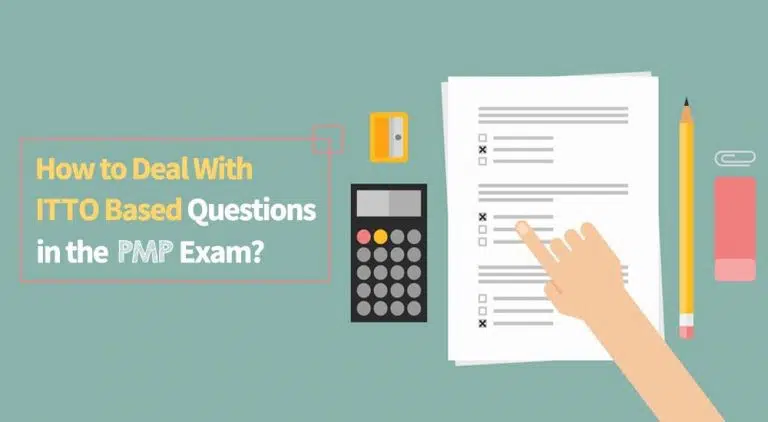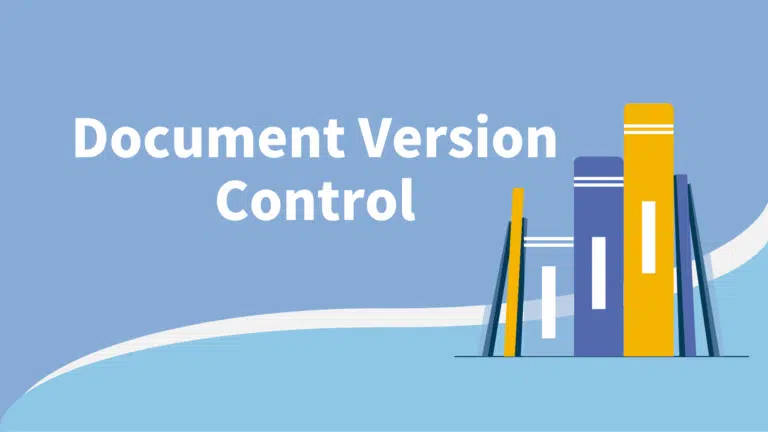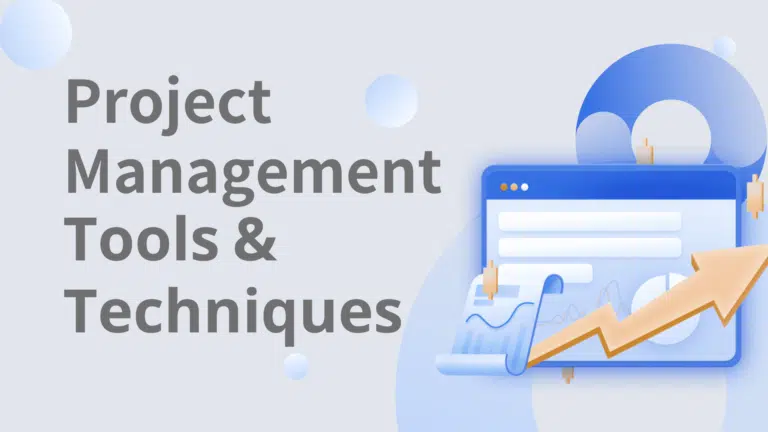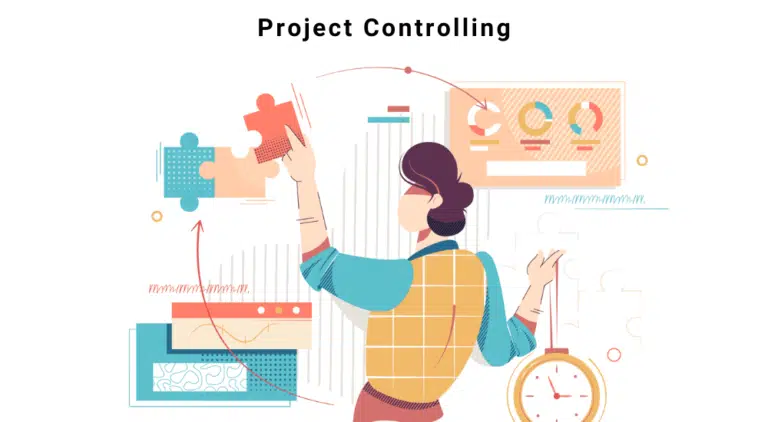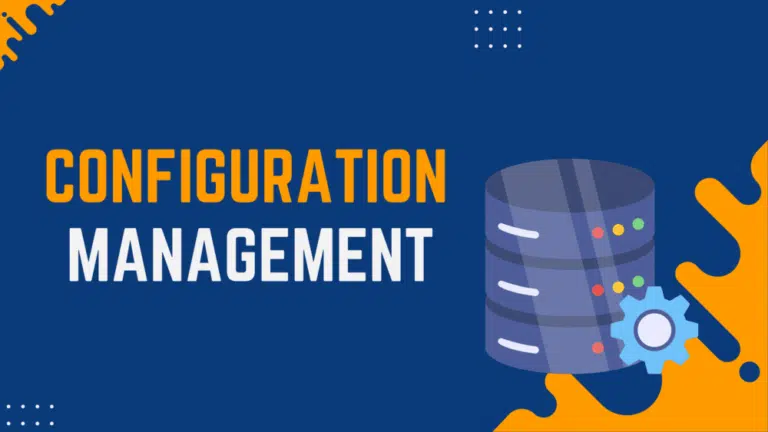PMO stands for “Project Management Office,” which is a department within an organization or an external consultancy that defines and develops policies, procedures, and standards for projects, programs, and portfolios undertaken by an organization.
It supports project managers to achieve project objectives and complete the project successfully. The main goal of the PMO is to standardize the processes and procedures to manage projects within an organization for better resource utilization and increased efficiency.
Large organizations have in-house PMOs, while small to medium-sized organizations can use third-party PMOs to improve their processes and work environment.
PMO has helped improve organizational efficiency, and according to a PMI report, 70% of global project management organizations have utilized PMO services.
Types of PMOs
According to the PMI, based on the degree of control and influence on projects, a PMO can be one of three types:
- Supportive PMO
- Controlling PMO
- Directive PMO
According to Gartner, based on its functioning, you can group PMOs into four broad categories:
- Activist PMO
- Delivery PMO
- Compliance PMO
- Centralized PMO
Let’s now discuss each PMO type in brief:
Supportive PMO
A supportive PMO guides project managers. It offers support, including advice, tools, and useful information. This PMO acts like a resource center and provides access to project management documents such as templates, lessons learned, standards, etc., to make the project manager’s job easier.
They help project managers by providing assistance and sharing best practices. A supportive PMO ensures that project managers have what they need to complete their projects successfully.
Controlling PMO
A controlling PMO controls projects and ensures that the project team follows the rules and processes. It closely monitors project performance and ensures that it meets the approved baselines and quality requirements.
The controlling PMO takes corrective and preventive actions if the project has deviation and brings it back on track. Its main job is to control and guide, ensuring projects stay on course and succeed.
Directive PMO
A directive PMO actively leads and manages projects. This PMO can take charge of the project or assign managers and guide them closely. It ensures things are done the way it believes is the best.
Its main role is to control, make decisions, and guide the team toward successful project completion.
Activist PMO
An activist PMO actively drives transformations and improvements. This PMO is assertive in implementing new strategies and innovative approaches.
It is the driving force behind proactive changes and ensures projects evolve with the needs of the organization. An activist PMO champions progress and inspires and leads projects towards continuous improvement and successful outcomes.
Delivery PMO
A delivery PMO focuses on ensuring successful project delivery. This PMO monitors projects, ensuring they stay on track and achieve their objectives. Whenever a project needs help, this PMO intervenes to address challenges and obstacles.
A delivery PMO ensures that projects are completed efficiently, meet deadlines, and fulfill requirements.
Compliance PMO
A compliance PMO ensures that projects follow established rules and regulations. This type of PMO establishes and enforces project-management standards, thus minimizing risks associated with non-compliance.
It takes corrective measures to align projects with regulatory requirements. It is the project’s rule keeper, safeguarding against potential issues. A compliance PMO maintains a structured, rule-abiding environment. It helps achieve project success within the boundaries of legal and regulatory frameworks.
Centralized PMO
A centralized PMO combines and directs project management activities from a single hub. This PMO ensures uniformity in project processes to enhance consistency and effectiveness. It streamlines communication and collaboration across different projects and simplifies decision-making.
A centralized project management office increases team cohesiveness and offers a unified approach to efficiency.
Apart from the above PMI and Gartner clarifications, you can also see the following types of PMOs.
Strategic PMO
A strategic PMO connects projects with the organization’s strategic goals. It ensures that every project moves the organization towards its targets.
The strategic PMO considers the long-term picture and ensures projects contribute to the larger strategy. It guides and ensures that projects align with the organization’s wider goals and help achieve its objectives.
Enterprise PMO
An enterprise PMO oversees and coordinates all projects. This PMO integrates project plans with the organization’s strategy and ensures all projects align with its larger goals.
The enterprise PMO ensures that all projects work smoothly to benefit the organization. It is similar to a strategist who ensures projects contribute to the success and growth of the organization.
Project Support Office
A project-support office (PSO) handles various tasks to help projects run smoothly. Instead of leading projects, it supports project managers by handling administrative tasks.
The PSO assists project managers with day-to-day project activities. It provides support, allowing project managers to focus on their core tasks. The PSO makes the project manager’s job easier and more efficient.
Center of Excellence
A Center of Excellence (CoE) PMO is like a knowledge hub for projects. It focuses on becoming the best at project management, learning, and improving from experience. The CoE PMO shares best practices and ensures that team members use the most effective methods.
A CoE PMO constantly strives to improve itself. It is a source of expertise to help organizations excel and continuously improve project-management skills.
Portfolio-Management Office
A portfolio management office (PfMO) oversees, prioritizes, and organizes all projects to ensure that they align with organizational goals. It considers the best ways to invest resources.
The PfMO designs a balanced portfolio. It manages projects, and programs and ensures they collectively lead the organization towards success and use the resources optimally.
Virtual PMO
A virtual PMO operates online rather than in a physical location. It provides support and collaboration tools to project teams, regardless of their physical locations. A virtual PMO uses digital technologies to share real-time information, documents, and updates.
It improves teamwork and efficiency. It is a remote support system, leveraging technology to ensure seamless collaboration and project management across geographically dispersed teams.
Project Office
A project office (PO) is a headquarters to manage projects efficiently. It is a central hub where project management activities are coordinated and overseen. A PO may handle resource allocation, budget tracking, and reporting tasks and provide essential administrative support.
A PO is like a project facilitator, streamlining processes and aiding project managers in their tasks. Its main role is to be a central point for managing various aspects of projects within the organization.
Operational PMO
An operational PMO is like a project optimizer for day-to-day activities. It concentrates on enhancing the efficiency of project execution. An operational PMO focuses on practical details, thus ensuring that team members follow established processes. It constantly seeks ways to improve operations.
An operational PMO manages the nitty-gritty for seamless project delivery. It keeps projects running until they achieve their objectives.
Transformation PMO
A transformational PMO supports major transformations and shifts. This PMO ensures that projects contribute to the transformational goals. It guides teams through transitions. It is the project architect of organizational change, planning, and implementing shifts.
A transformational PMO steers towards a transformed future. It facilitates and drives the necessary changes to ensure that projects lead to a successful transformation of the organization.
How is a PMO Different from Portfolio, Program, and Project Management?
PMO has a permanent structure with experts from different functional areas and expertise, including project management, risk management, cost, quality, resource management, etc. The mix of these skills ensures that the PMO can provide all the support a project may need during its life cycle.
The nature of project, program, and portfolio management is temporary. When the goal of the project, program, or portfolio is achieved, they are closed, and the project manager releases the team and closes the project. Likewise, program and portfolio managers close their programs and portfolios.
Only large organizations have permanent PMOs, while smaller sizes can use help from external PMOs whenever needed.
What Are the PMO’s Roles and Responsibilities?
PMO responsibilities include establishing project standards, providing governance, and overseeing project portfolios. They help improve resource management, leading to a more efficient allocation of personnel and assets. PMOs play a vital role in risk management to improve the chance of project success and enhance the project quality.
PMOs facilitate effective communication among project stakeholders, which improves collaboration and alignment. By providing support to project managers and offering training programs, PMOs enhance project management skills within the organization.
PMOs continuously identify opportunities to refine project-management processes. This dedication to improvement results in increased project success rates and organizational efficiency.
What Are the Key Benefits of a PMO?
PMO provides many benefits to organizations managing projects. It ensures all projects use standard processes, have the same procedures and project management documents, and operate efficiently.
It optimizes resource utilization and reduces project costs and conflicts. Using a PMO improves the chances of project success and lessens the chances of deviations from performance baselines.
PMO has all the expertise, so any project needs technical help; they provide technical help to needy projects. They guide the project, monitor and control the progress, and sometimes if needed, they intervene to ensure the project complies with requirements and does not deviate.
A PMO provides effective governance and oversight, ensuring that projects align with organizational goals and strategies. This helps prioritize projects based on their strategic significance, ultimately improving resource allocation and utilization.
Continuous improvement is a hallmark of a PMO, as it identifies opportunities to refine and optimize project management practices. This dedication to ongoing enhancement leads to increased project success rates over time.
What Are the Challenges of a PMO, and How Do You Overcome Them?
The following are the key PMO challenges and their resolutions:
- Resistance to Change: You can promote a culture of change by communicating benefits and involving team members early in the process. Provide training and support to help them adapt to new processes.
- Inadequate Leadership Support: Educate organizational leaders on the value of the PMO to achieve strategic goals. Align PMO objectives with overall business objectives to garner support and involvement from top management.
- Resource Constraints: You must prioritize projects based on strategic importance. Ask for additional resources by demonstrating the positive impact of the PMO on project success rates and overall organizational efficiency.
- Difficulty Demonstrating Value: Establish clear metrics to measure PMO performance and demonstrate its impact on project outcomes. Regularly communicate success stories and key achievements to stakeholders.
- Resistance to Standardization: Involve key stakeholders in developing standardized processes to increase buy-in. Emphasize the benefits of standardization (e.g., improved efficiency and consistency).
- Lack of Flexibility: Design the PMO to adapt to changing circumstances. Balance standardization with flexibility and make adjustments based on project needs and evolving organizational requirements.
Summary
A project management office (PMO) improves organizational project-management efficiency. A PMO plays a key role in establishing standardized processes and promoting a culture of continuous improvement. As organizations increasingly recognize the value of a well-implemented PMO, its role remains integral in steering projects toward success and achieving business objectives.

I am Mohammad Fahad Usmani, B.E. PMP, PMI-RMP. I have been blogging on project management topics since 2011. To date, thousands of professionals have passed the PMP exam using my resources.


